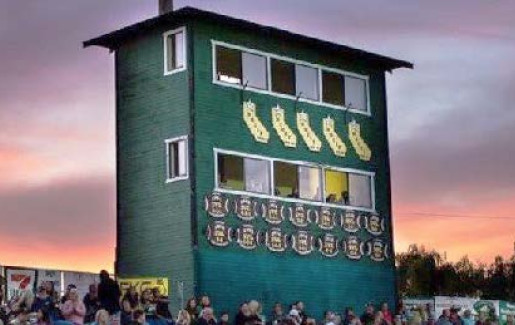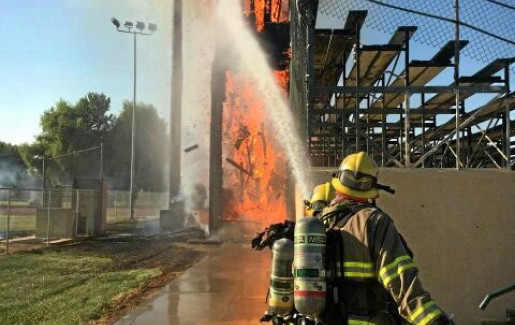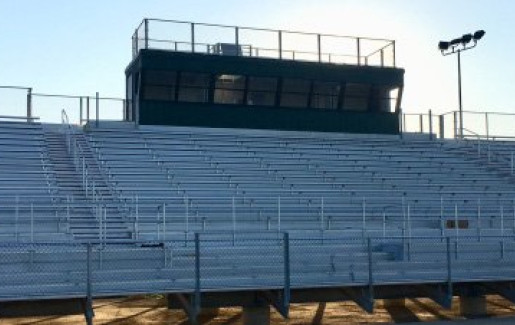Fire Destroys Football Stadium
Fire destroys football stadium while school morale takes a hit.
Description
Biggs High School is located in a remote section of Northern California in a rice and orchard growing community. After a fire ripped through their football stadium’s grandstand and press box, the school’s morale took a major hit as its students and faculty lost a major facility for their athletic activities. The school obtained its initial payment for the loss of the grandstand. However, as the wood bleachers, press box, and observation tower were built by local farmers on an un-engineered raised concrete foundation, the original construction could not be rebuilt under the current code. Biggs High School engaged The Greenspan Co./Adjusters International (TGC/AI) to obtain an increased settlement to address the code upgrades needed for the seasoned, traditional structure.
Issues
- The carrier held a firm position that the insured was only entitled to rebuild an identical building and that constructing additional bathrooms, or different bleachers was beyond their policy.
- Should the school rebuild the facility as it was, it would be in direct violation of ADA regulations. To install new ADA-compliant bathroom facilities, the addition of new sewer and water lines, lighted ADA access from the parking area, and removal of the existing foundation were required before installing ADA accessible bleachers.
Solutions Applied
- TGC/AI responded to the insurance company that the insured was entitled to recover the funds necessary to rebuild the lost structure with the required code upgrades, which included an elevator to the raised bleachers, press box, and tower; and new ADA-compliant restrooms. Also, that the additional coverage could also be applied towards the construction of the proposed grandstand and associated facilities. It was later determined through the design process that it was not feasible to install an elevator, but the new design resolved the ADA issues and included new ADA-accessible grandstands, restrooms, and snack bar.
Outcome
The new ADA-compliant facilities required the addition of a sewer line from the street about a quarter of a mile away, additional water lines, lighted ADA access from the parking area, and removal of the existing foundation before installing ADA accessible bleachers. The sewer line required the construction of a lift station as the stadium was below the street grade and the sewage had to be pumped up to the street, which increased the recovery costs. The design included an increase in the size of the bleachers and the carrier took the position that the entire cost of rebuilding should be prorated by the increase in size. TGC/AI countered that most of the project costs would have been comparable had the size of the grandstands been unchanged from the original and only the costs associated with the increase in the grandstands should be prorated.
The carrier had initially reserved $300,000 for this loss and based on the proration of the entire project and had offered $500,000 for the initial settlement. TGC/AI was able to obtain a settlement of $1,900,000 in code upgrade recovery costs, in addition to the initial settlement. The new design solved the ADA issues which allowed the school to rebuild code-compliant facilities, including ADA accessible grandstands, a combined snack bar, and renovated restroom building.



